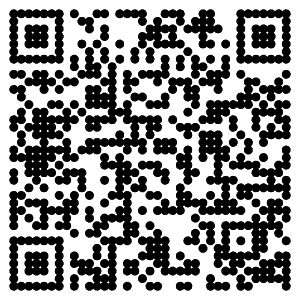Real-time-TCD-vEEG monitoring for neurovascular coupling in epilepsy
Yuan Yao 1, Qiang Lu 1, Li-Ri Jin, Xiang-Qin Zhou, Yan Huang, Wei-Hai Xu *
Department of Neurology, Peking Union Medical College Hospital, Chinese Academy of Medical Sciences and Peking Union Medical College, Shuaifuyuan 1, Dong Cheng District, Beijing 100730, China
A B S T R A C T
Purpose: Recently, a novel multi-model monitor has been available, which integrates real-time signals of transcranial Doppler (TCD) and video-EEG (vEEG) into one workstation. We sought to test the feasibility of this device in detecting neurovascular coupling in patients with epilepsy.
Method: Cerebral blood ?ow velocity (CBFV) of bilateral middle cerebral arteries and vEEG during seizure episodes were recorded simultaneously in 12 patients (age 17–58 years) with partial epilepsies. The correlations between vEEG and CBFV ?ndings were analyzed.
Results: Eleven seizure episodes were detected in 5 patients. Of them, bilateral CBFV increase with interhemispheric asymmetry was observed in 4 seizure episodes of 3 patients. EEG abnormalities preceded CBFV increase by 1–3 s at the onset of a seizure. In a patient with bilateral middle cerebral artery stenosis, no apparent CBFV changes were detected during 2 of 3 seizure episodes. Another patient with previous frontal hemorrhage displayed CBFV increase without interhemispheric asymmetry during
4 seizure episodes.
Conclusion: It is feasible to evaluate neurovascular coupling with good temporal correlation in patients with frequent seizure episodes by real-time TCD-vEEG monitoring.
2015 British Epilepsy Association. Published by Elsevier Ltd. All rights reserved
1. Introduction
It is known that epileptic discharges can evoke an increase of cerebral blood ?ow to meet the high metabolic demands due to intense neuronal activities. Such neurovascular coupling can be detected by the combination of electroencephalography (EEG) and transcranial Doppler (TCD). In previous studies, the signals of TCD and EEG were recorded by separate devices during seizure episodes and correlated off-line [1,2]. Given the inconvenience of detection, only patients with very high frequency of seizure episodes (up to 60 times per day) or inducible seizures (such as absence seizures) were studied. Recently, a novel multi-model monitor has been available, which integrates real-time signals of TCD and video-EEG (vEEG) into one workstation (NSD-8100, Delica China). In current study, we sought to test the feasibility of this device in evaluating epilepsy patients in routine clinical setting.
![]() Real-time TCD-vEEG monitoring for neurovascular coupling in epilepsy.pdf
Real-time TCD-vEEG monitoring for neurovascular coupling in epilepsy.pdf


